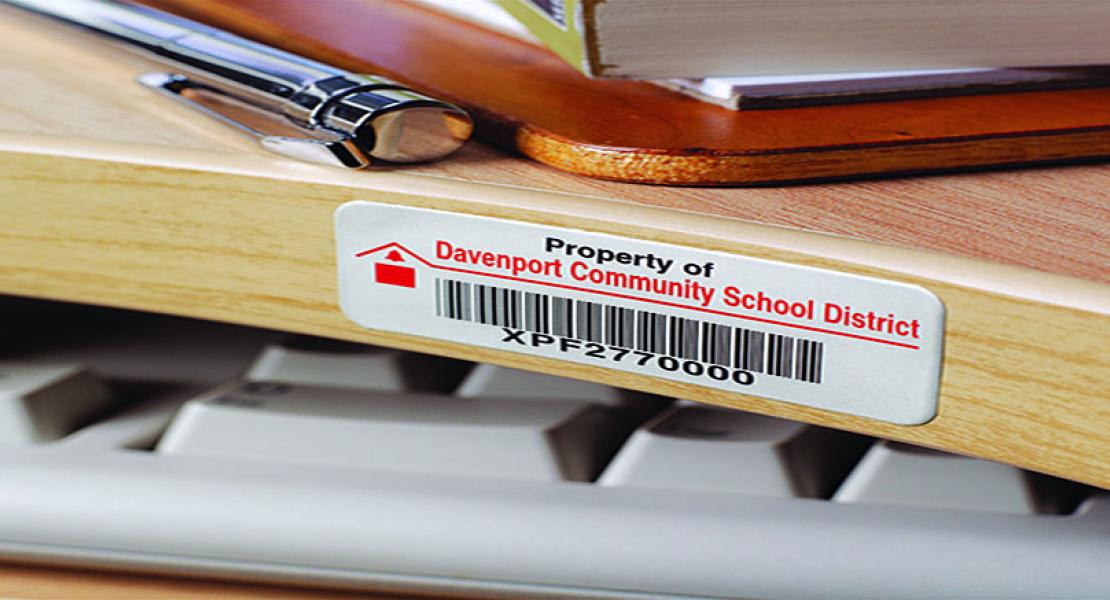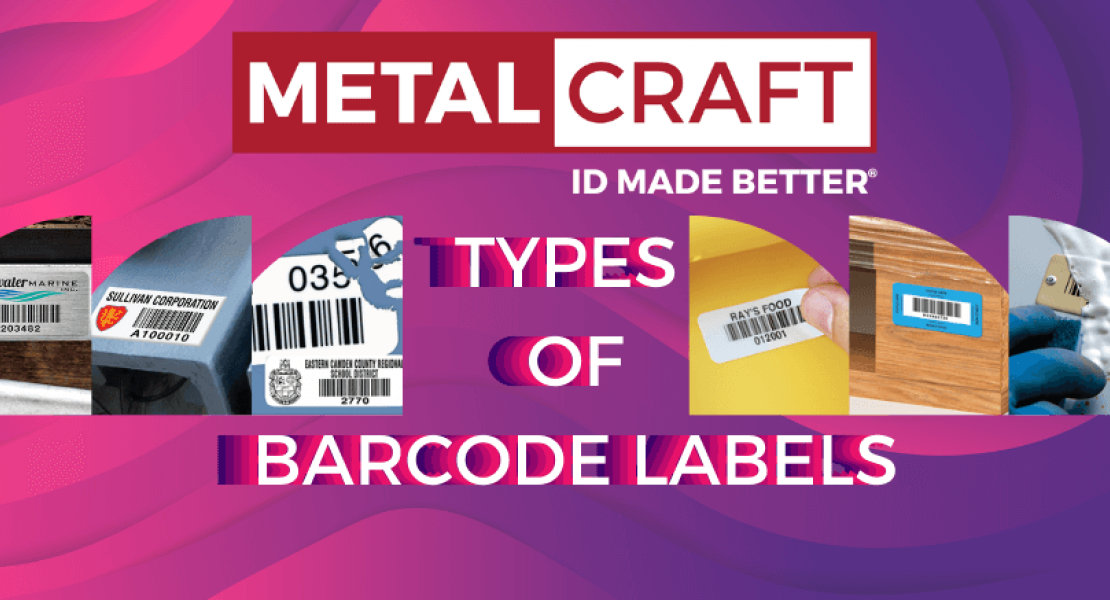Asset tracking is a fundamental aspect of managing business operations efficiently, allowing companies and organizations to monitor key information about their assets. Here, we address some common questions about asset tagging and tracking to help elucidate its importance and benefits:
Why is asset tagging and tracking important?
Asset tracking enables companies to keep tabs on valuable resources, aiding in cost management, operational efficiency, and regulatory compliance. By knowing what assets they own, where they are located, and their associated costs, businesses can make informed decisions about resource allocation and utilization.
What are some asset tagging examples?
Asset tagging spans a wide range of industries and asset types. While IT equipment like laptops, monitors, and servers are common assets to tag due to their value and mobility, companies also track diverse items such as vehicles, whiskey barrels, machinery parts, artwork, and more. Asset tagging is adaptable to the unique needs of each organization.
Is equipment a fixed asset?
Yes, equipment owned by a company that cannot be easily converted to cash is considered a fixed asset. This includes property, plant, and equipment (PP&E), which are recorded on the balance sheet as fixed assets.
What type of asset is office equipment?
Office equipment such as computers, printers, copiers, and furniture falls under the category of fixed assets since it is owned by the company and cannot be readily converted to cash.
Can you test and tag your own equipment?
Absolutely. Companies can conduct their own testing and tagging procedures, ensuring that asset information, including maintenance and calibration details, is linked to the asset number on the tag. This integrated approach helps maximize asset utilization and return on investment (ROI).
Do you have to test and tag new equipment?
While there's no strict requirement to test and tag new equipment, linking asset tags to comprehensive asset databases enhances asset management practices. This approach facilitates better utilization, productivity, and decision-making regarding equipment maintenance and replacement.
Can an asset tag be tracked?
Yes, asset tags with unique identifiers enable tracking of both the tag itself and the asset it's affixed to. Different tracking methods, such as human-readable serial numbers, barcodes, or RFID technology, can be employed based on the organization's tracking objectives and budget considerations.
For further assistance or to speak with an ID Specialist, please reach out to us at 800-437-5283 or [email protected]. We're here to help optimize your asset tracking processes and address any questions or concerns you may have.
 | About the Author: Tyler JohnsonTyler has extensive experience and expertise in the identification industry. Prior to Grey Trunk RFID, he worked at Metalcraft which helped him understand the importance of a high quality identification tag. Now he is leading the team at Grey Trunk RFID to offer the complete solution. |




